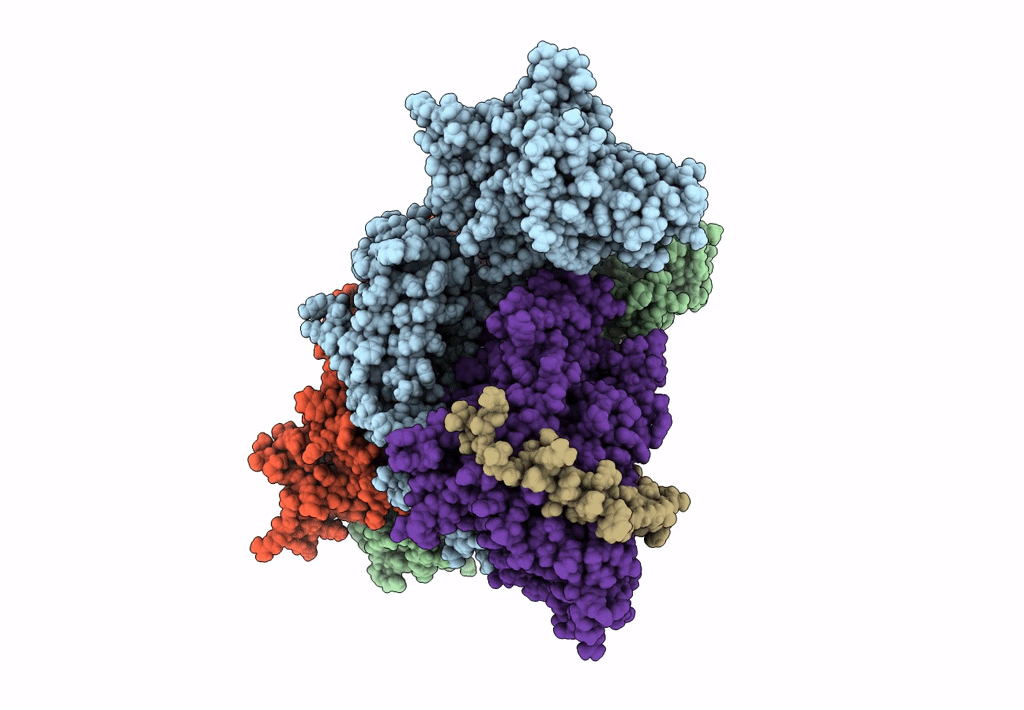
Deposition Date
2016-11-20
Release Date
2016-12-28
Last Version Date
2024-11-20
Method Details:
Experimental Method:
Resolution:
14.00 Å
Aggregation State:
PARTICLE
Reconstruction Method:
SINGLE PARTICLE


